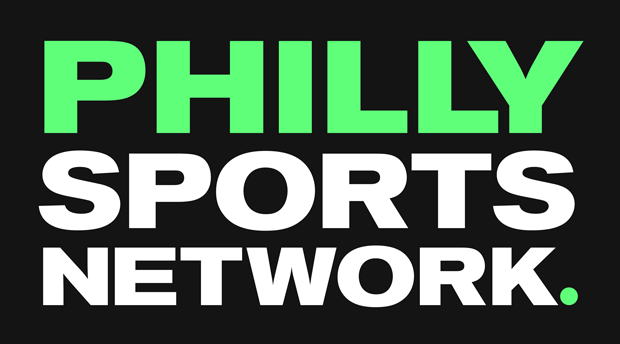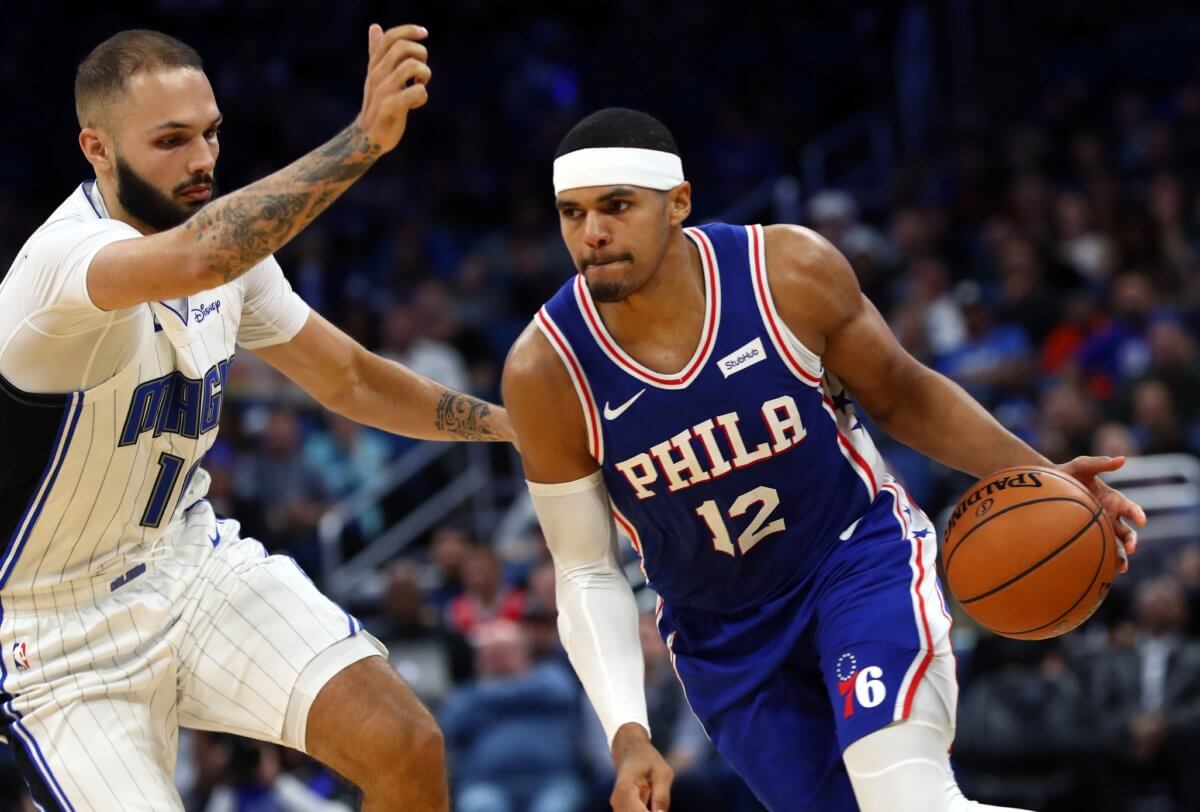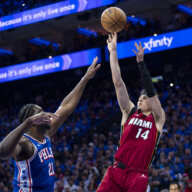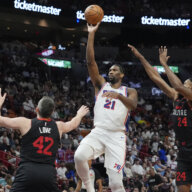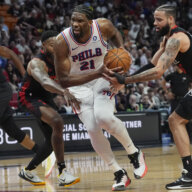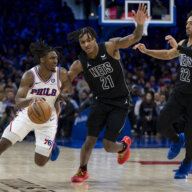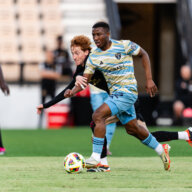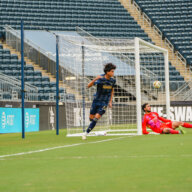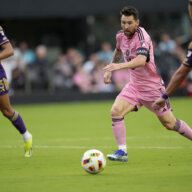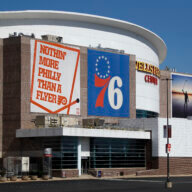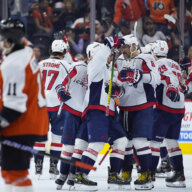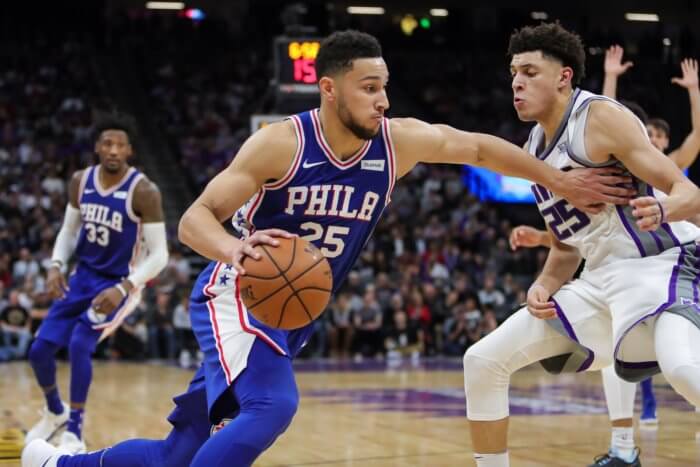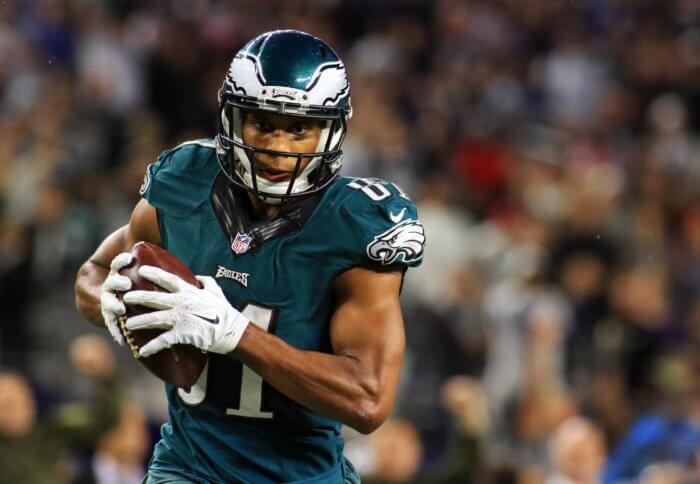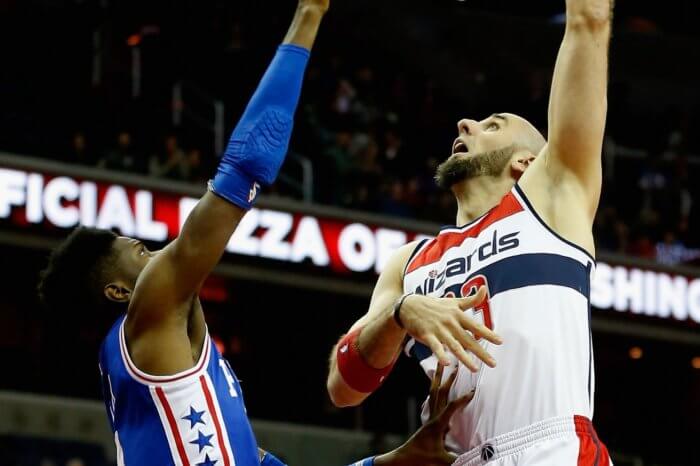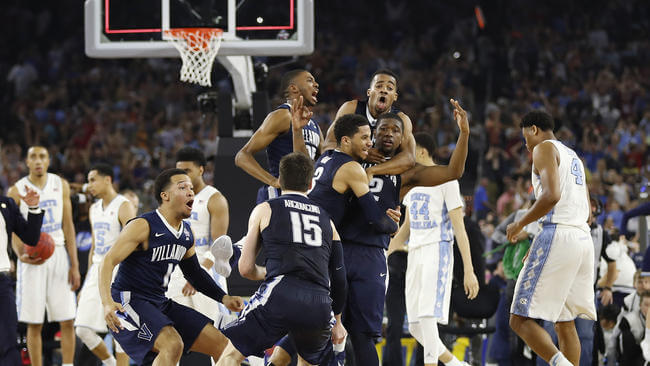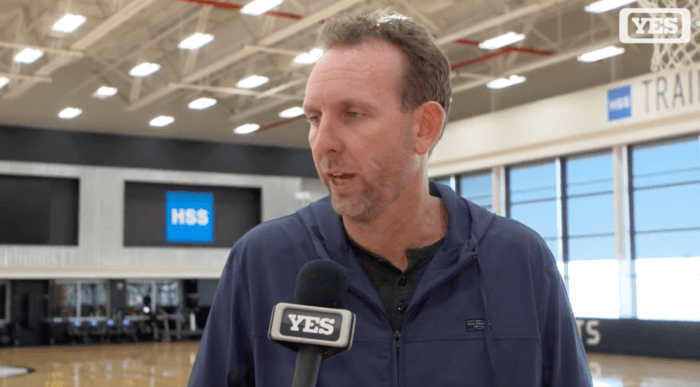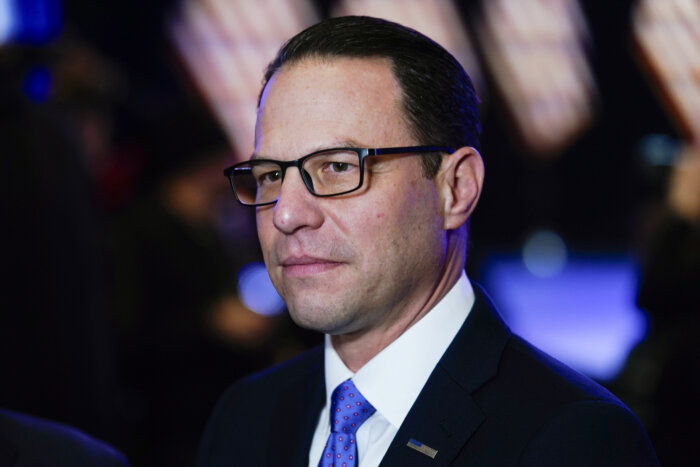Tobias Harris has missed his last 23 three-point shot attempts.
Yes, you read that correctly. Twenty-three. This horrific stretch of shooting for the small forward includes an 0-11 night from beyond the arc against the Cavs, along with an 0-3 performance in the 76ers loss against the Magic.
The Sixers front office invested a TON into Harris and his shooting ability this past offseason, committing $180 million dollars to the 27-year-old. Head coach Brett Brown even went as far as to refer to him as “ my JJ Redick at 6’ 9””.
For a team that has really struggled shooting the long ball in recent years (outside of JJ of course), the Sixers needed to see production from Harris. However, through eleven games in 2019, Harris is shooting just 20.4% from three (15.6% below his career average).
Harris shot close to 40% from three last season and over 40% the year before that. The investment in him as the team’s primary shooter did make sense. So what went wrong?
The drop in 3-point shooting for Harris since arriving in Philly is an alarming one. In the 2017-2018 season, Harris shot a career-best 41.1%. This elite level of shooting took place on two different teams for Harris, as he spent half the year with the Pistons and the other half with the Clippers.
In the first half of the 2018-2019 season, in which Harris was still in Los Angeles, Tobias shot even better from beyond the arc, recording a career-high 3P% of 43.4.
After last season’s trade, Harris saw a dramatic drop in his shooting efficiency, recording a 3P% of 32.6%. Combine his numbers from this current season and Harris is shooting an abysmal 29.3% from deep since being traded to the 76ers.
Even to someone who doesn’t follow the game of basketball that closely, these numbers should be a slap in the face to anyone reading. The 76ers are criminally misusing Tobias Harris in his current role.
Harris’ move to Philadelphia has not been the happiest of marriages early on. He’s seen his points per game go down, his shots per game go down, his field goal percentage goes down, and obviously his three-point percentage goes down.
What this points to is the fact that Harris is no longer the “primary scorer” on his team. In Detroit and Los Angeles, Harris was blatantly the #1 option on the team. This allowed him a sense of freedom to create shots where he felt comfortable.
Outside of this somewhat mental change in scenario for Harris, it’s hard to find any other reason for Harris’ struggles in Philly. Despite spending hours analyzing his shot tendencies, usage rate, assisted rate, shot form, etc., there’s really no other statistically significant data that proves why he’s lost his three-point shot.
However, despite his monumental drop in 3P%, Harris has actually improved as a midrange scorer. His 2P% is at a career-high 57.9%, and his shot percentage in the 10-16 range also sits at a career-high (47.6%).
This is a scenario where the coaching staff needs to make their money’s worth and begin finding different ways to utilize Harris. Ditch the over-usage of set plays for Harris to launch threes, he’s not JJ Redick, and start running a more mid-range focused scheme for the forward and let him create his three-point opportunities for himself.
Mandatory Credit: Kim Klement-USA TODAY Sports
